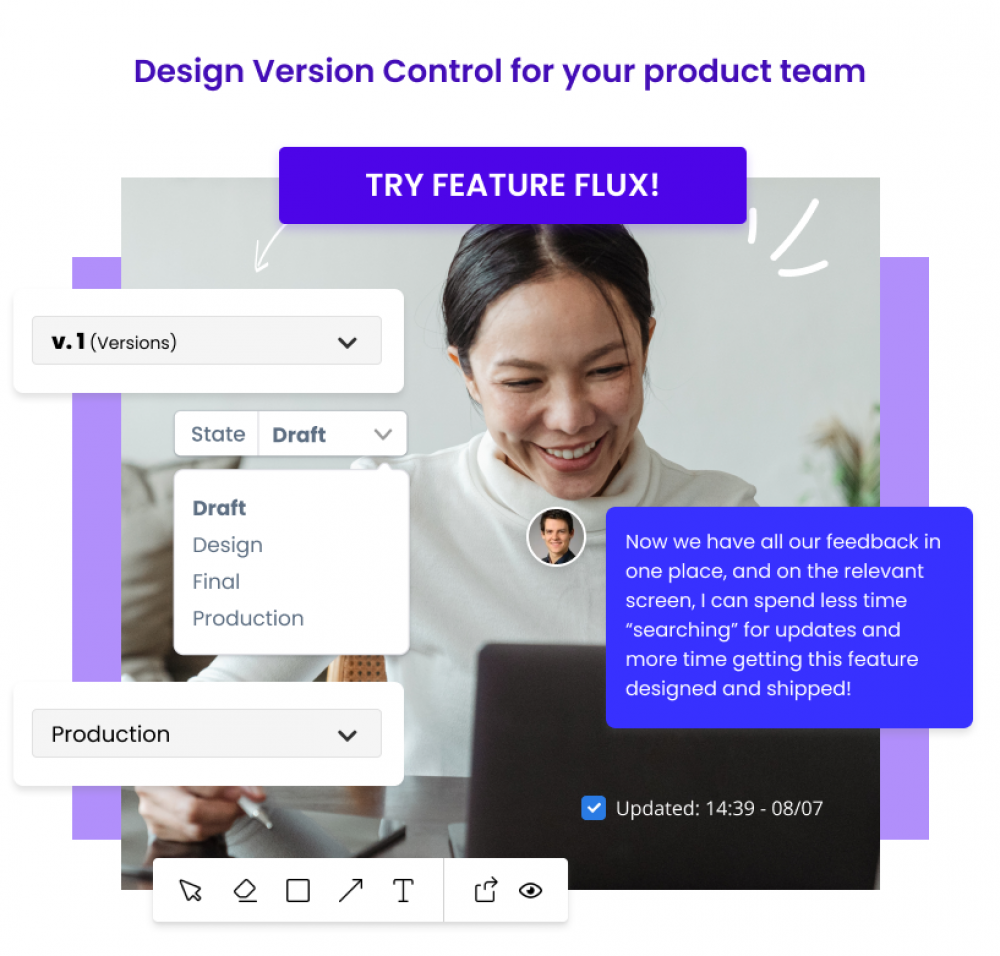A user persona is a model or archetype of a specific type of user that encompasses the goals, needs, and behaviour patterns of their group. User personas are created to help build better products by making sure the service better meets the needs of the “real” users.
User personas can be created for any type of software, but are especially useful when designing complex systems. This is because more complex systems can be intended to accommodate more than one type of user.
When creating user personas, designers typically consider factors such as demographics (age, gender, location), lifestyle (work/life balance), values and motivations (what drives them?), and behaviours (how they interact with technology). I should say there is one caveat to creating user personas, there will always be outliers. But of course, you can only account for so many details when ‘profiling’ your potential users.
So the big question is, are user personas essential when designing your software? Well, as with most things in life, it depends. If you're working on something simple with only one target audience, and a tight budget then user personas might not be necessary. But if you're working on something more complex where there are multiple audiences or users with different goals and needs, then developing personas can be extremely helpful in ensuring that your product meets everyone's needs.
Why do we need user personas?
User personas are important because they help the product team understand the needs, goals, and behaviour patterns of their target users. By creating a persona for each type of user, product teams can ensure that what they are designing meets the specific needs of those groups.
User personas also help to keep everyone on the same page during the product design process. This means the poor product manager can be getting on with other things.
When the whole team has a shared understanding of whom they're designing for, it's easier to make decisions about features, functionality, and even visual elements like colours and fonts.
Some examples of when you would want to create user personas include:
- When your product has multiple target audiences
- When your target audience is large and diverse
- When there are many stakeholders involved in the project who all have different opinions about what the final product should look like
What details are important when creating a user persona?
When creating a user persona, there are a few things to keep in mind:
- Demographics: Who is your target audience? Consider age, gender, location, etc.
- Lifestyle: What is their work/life balance like? How do they spend their time?
- Values and Motivations: What drives them? What are their goals and needs?
- Behaviours: How do they interact with technology? Do they prefer simple or complex interfaces? Are they regular users of your kind of service?
What are the different kinds of personas?
There are four main types of personas:
- Role-based persona: This type of persona is based on the different roles that users play in relation to your product. For example, if you're designing a task management app, you might have personas for project managers, team members, and clients.
- Behaviour-based persona: This type of persona is based on how users interact with your product or service. For example, if you're designing a social media platform, you might have personas for power users (those who use the platform frequently and intensely), moderate users (those who use it regularly but not as intensely), and infrequent/lurkers (those who only visit occasionally).
- Goal-based persona: This type of persona is based on what users hope to achieve by using your product. For example, suppose you're designing an e-commerce website. In that case, you might have user personas for shoppers who are looking for bargains/deals, those who want a specific item, and those who browse without any particular purchase in mind.
- Hybrid Persona: A mix between two or more different types of the above-mentioned personas
How do you create a user persona?
Creating a persona is not an exact science, but there are some best practices you can follow to ensure that they are ultimately accurate and helpful.
To start, you'll need to gather data about your current users. This can be done through surveys, interviews, focus groups, or other research methods. Once you have this data, you can begin creating profiles for each type of user. When developing these profiles, it's important to include both quantitative (e.g., age) and qualitative (e.g., values and motivations) data points so that your persona is well-rounded and realistic.
Once you have created a few drafts of your personas, it's time to validate them with actual users. Show the drafts to people who fit the description of your target audience and get their feedback on whether or not the persona accurately represents their needs and behaviours. This can seem like a lot of work and to a certain extent, it is. The most time-consuming part of the process is gathering data on existing customers.
If you don’t have customers yet, welcome to the wonderful world of the startup! You can still follow everything in the article, but instead of basing your user personas on data, you’ll have to base them on best guesses. As real customers roll in you’ll be able to update these initial assumptions and adapt accordingly.
So I think it’s fair to say that user personas are an essential part of any good product design process—so if you're not doing it already, now’s the time to start!





